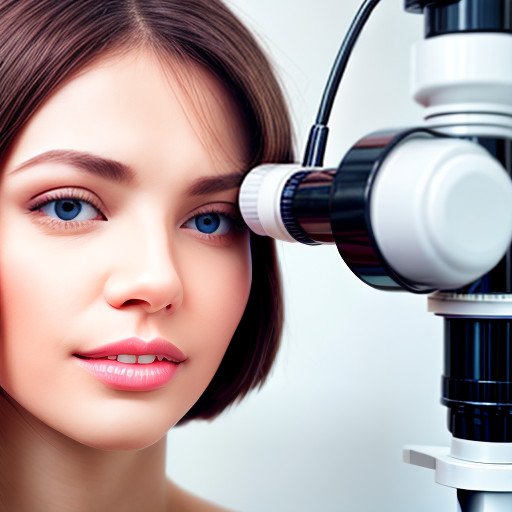When it comes to insurance, vision insurance often flies under the radar. While it’s not as well-known as health or life insurance, it’s just as vital, especially if you care about your eyesight. To help clear things up, here are 10 things you probably didn’t know about vision insurance:
- Not Just for Glasses: Vision insurance doesn’t just cover eyeglasses. It also covers eye exams, contact lenses, and often provides discounts on corrective eye surgeries.
- Two Types of Plans: There are typically two types of vision plans: benefits packages and discount plans. Benefit packages give you a free eye exam and other services for an annual premium and copay, while discount plans give you a discount on vision services.
- Separate from Health Insurance: Vision insurance is often separate from your health insurance plan. While some health plans might offer vision as an add-on, it’s typically standalone coverage.
- Not Always Necessary: If your eyes are in good health and you don’t need regular corrective lenses, you may not need vision insurance. It’s important to evaluate your personal situation before making a decision.
- Cosmetic Exclusions: Most vision insurance plans won’t cover cosmetic procedures, such as tinted contact lenses, or cosmetic extras for glasses, like lens coatings.
- Pediatric Coverage: Under the Affordable Care Act, pediatric vision care is a required benefit for all health insurance plans. This means that your kids might already have vision coverage under your health insurance.
- Limited Frame Coverage: Some vision insurance plans only cover frames up to a certain amount. Anything over this, you will need to pay out-of-pocket.
- Specific Provider Networks: Many vision insurance plans require you to use providers within their network for the full benefits.
- Discounts on LASIK: Many vision insurance plans provide discounts for LASIK eye surgery, which can help make this expensive procedure more affordable.
- Eye Health Indicators: Regular eye exams, covered by vision insurance, can detect early signs of diseases like diabetes and hypertension. It’s not just about vision; it’s about overall health.


